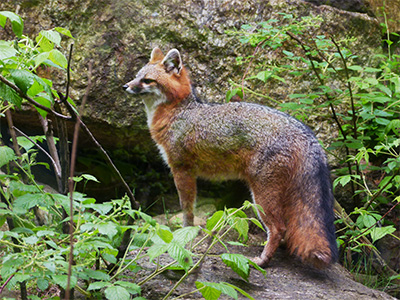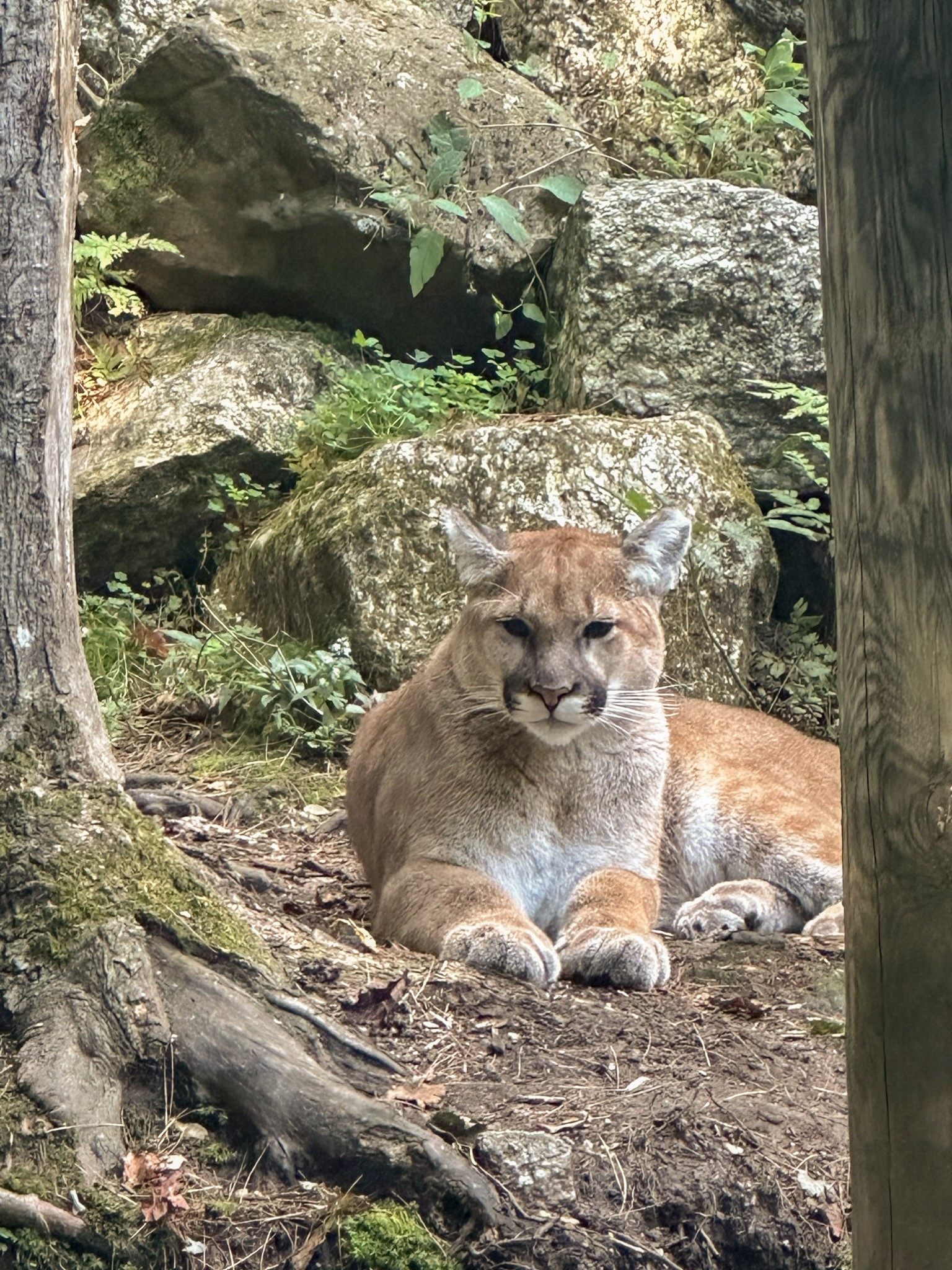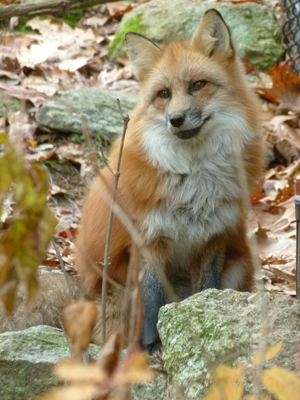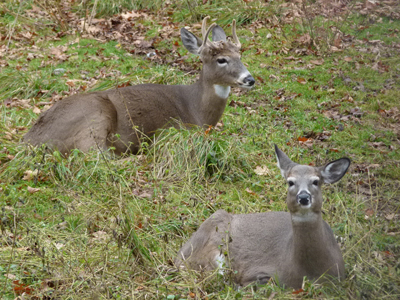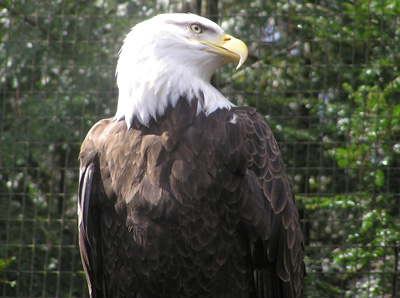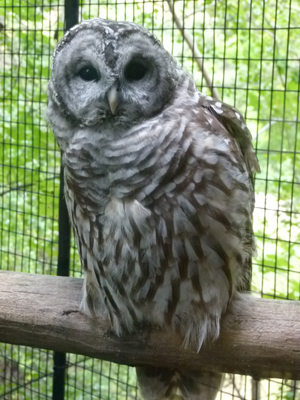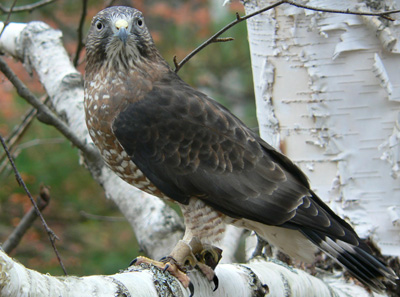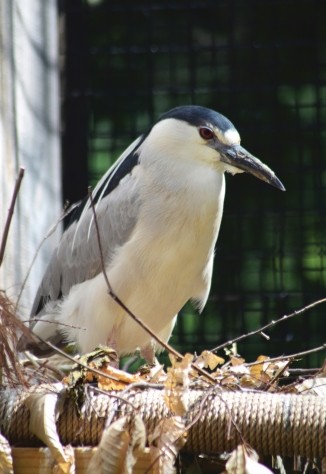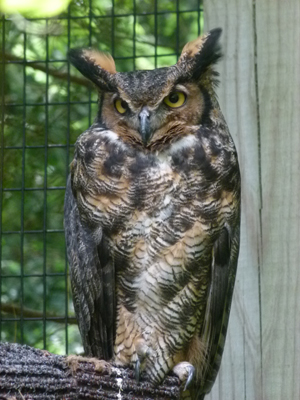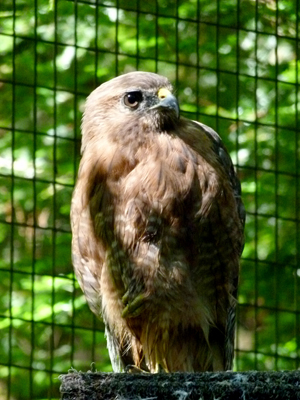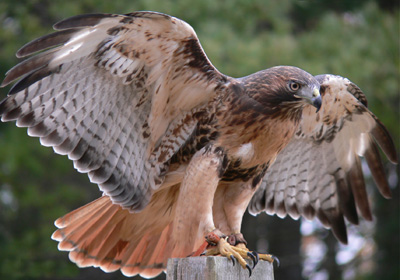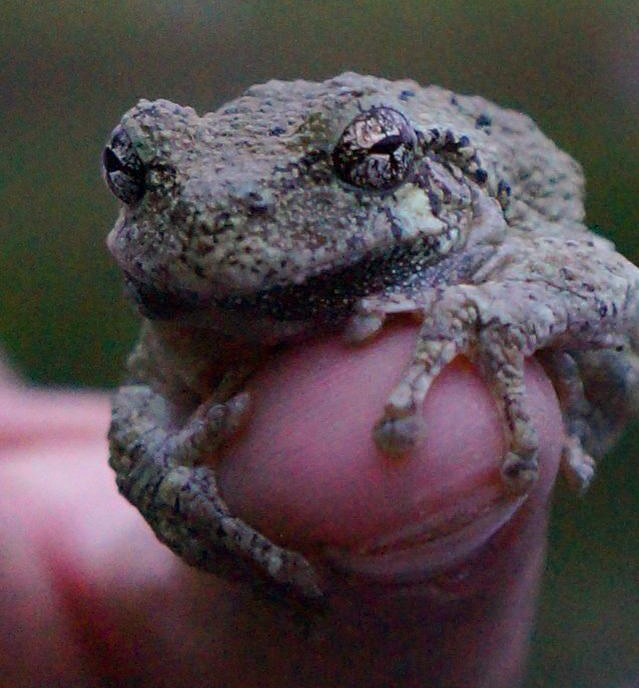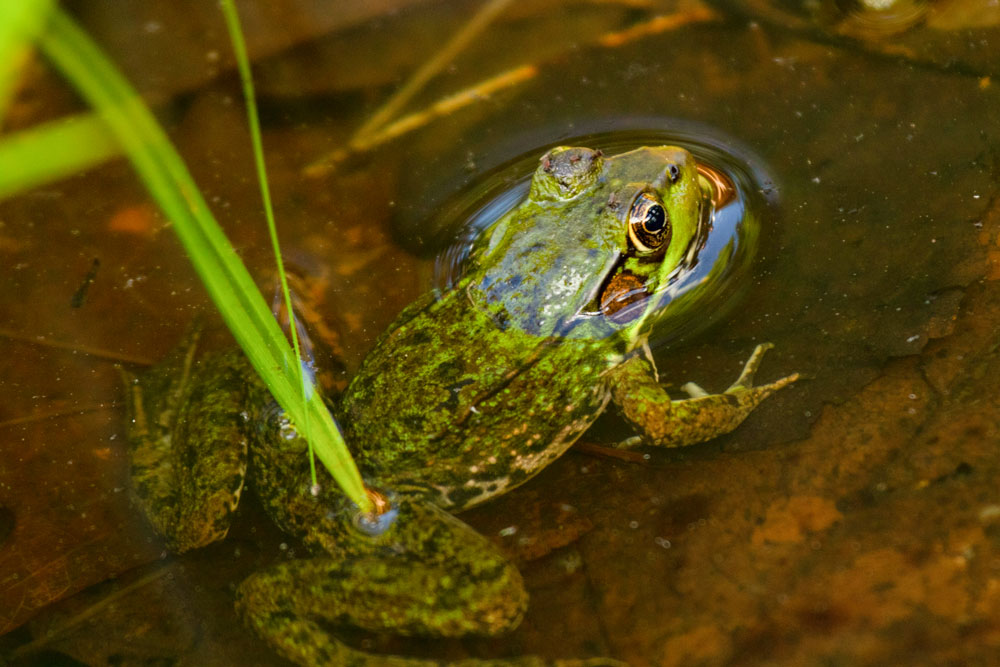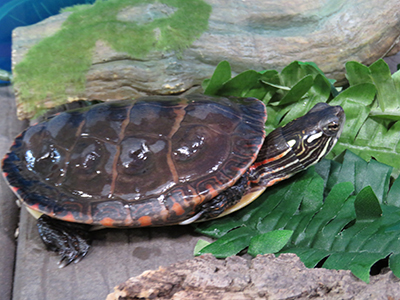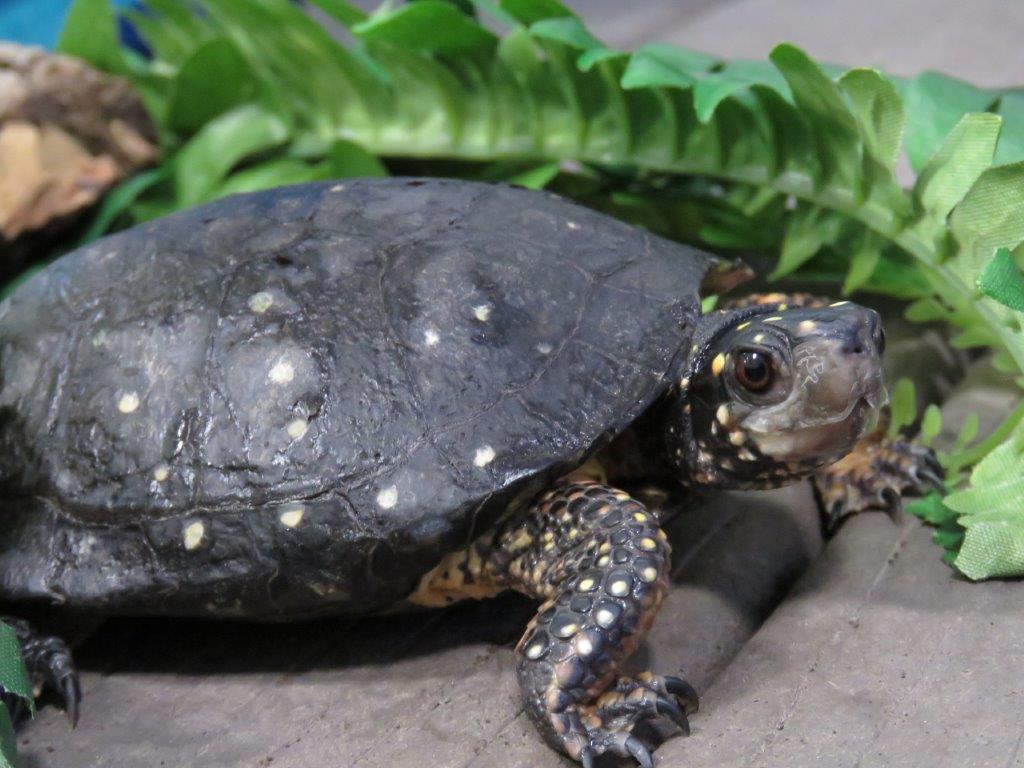Brook Trout
Salvelinus fontinalis
| Kingdom | Animalia |
|---|---|
| Phylum | Chordata |
| Class | Actinopterygii |
| Order | Salmoniformes |
| Family | Salmonidae |
| Genus | Salvelinus |
| Species | S. fontinalis |
| Lifespan | Average of three to six years |
| Size | About 10 to 27 inches long, 0.66 to 6.61 pounds |
| Offspring | Females construct a "redd" (like a nest underwater) in a stream bed, and males fertilize the eggs as they are expelled from the females. Eggs are buried in the gravel and hatch in 95 to 100 days. |
| Status | Secure |
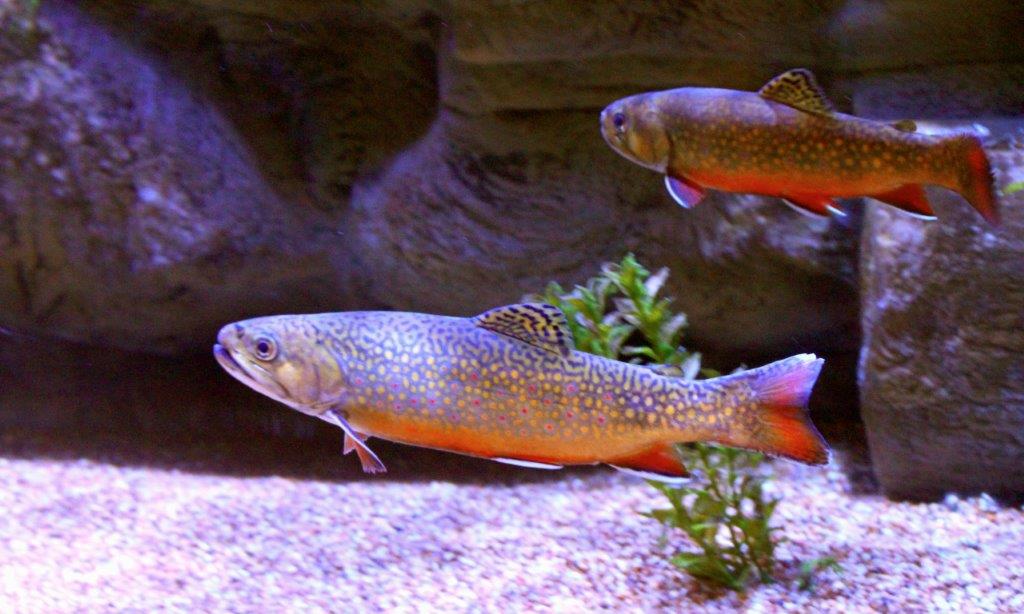
About Brook Trout
What do brook trout look like?
Brook trout are dark green to brown with vermiculation (marbling) of lighter shades on their flanks and backs. Also on the flanks are red dots surrounded by blue rings. Brook trout have reddish lower fins with a black streak on the leading edge of each fin.
Where do brook trout live?
Brook trout are found from eastern Canada, south to Georgia, and as far west as the Great Lakes. They have also been introduced to other regions, including Europe, Asia, and New Zealand. Brook trout are found in clear, cold lakes, rivers, streams, creeks, and ponds.
What do brook trout eat?
Brook trout eat primarily aquatic insects. In cold months, it feeds on larval forms on the bottom. In summer, it shifts to adult insects taken from the surface.
Fun Facts!
- Brook trout are sensitive to water temperature fluctuations and purity. If the water is warmer than about 72 degrees Fahrenheit, brook trout - especically larger ones - begin to feel stressed. Similarly, they cannot survive in water with poor oxygenation, pollution, or drastic pH fluctuations.
- Although brook trout are officially understood as freshwater fish, some trout - called salters - spend up to three months feeding on crustaceans, fish, and marine worms in sea water. During this time, salters take on a more silvery coloration (similar to color changes in Atlantic salmon when they migrate to and from salt water), but they convert to their typical olive green-brown colors and marking upon return to freshwater.
- Because brook trout are freshwater fish, they are vulnerable to deforestation and development along streams and rivers. These processes could increase water temperature, making it unsuitable habitat for the fish.





